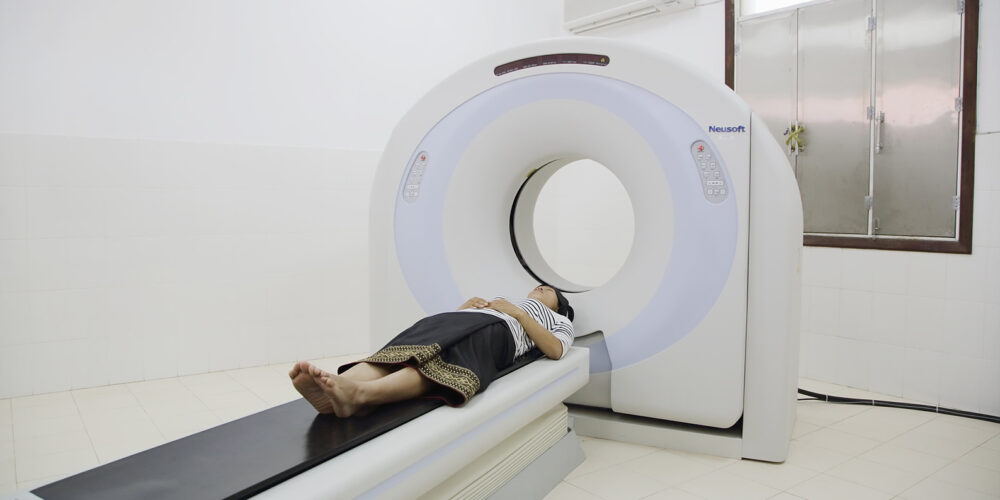Curtin study highlights increased use of CT scans in WA emergency departments

New Curtin research has revealed a marked increase in use of CT scans for injured patients in the emergency departments (ED) of Western Australian hospitals, raising concerns about radiation dose, cost, and efficiency.
The study, published in Academic Emergency Medicine, found that over 11 years from 2004 to 2015, while the number of injury-related ED presentations increased by 65 per cent, the use of CT scanning in these presentations increased by 176 per cent.
Lead author Dr Ninh Ha from the Curtin School of Population Health said the research found the increased use of CT scans during this period did not lead to more diagnosis of severe injury, less time in hospital or an obvious reduction in mortality.
“Computerised tomography or CT scans use computers and rotating X-ray machines to create cross-sectional images of the body and have been increasingly used in emergency departments around the world because they offer rapid and accurate diagnosis, especially for people with injuries,” Dr Ha said.
“However, each CT scan also introduces significant amounts of radiation into the body, which can cause a small, long-term risk of cancer. For example, a CT of the chest exposes the patient to the same amount of radiation as 400 chest x-rays.
“So it is important to understand whether CTs are warranted and to weigh up harm versus benefit including the impact of over-testing. Our research found no evidence that the increased use of CT scanning led to better patient outcomes.”
Dr Ha said the findings, which took into account changes in both the volume and type of injuries presenting, highlighted the need for clinicians and health policy makers to re-evaluate how often CT should be used, to balance its benefits against harms, and to make sure optimum care was provided.
“There are some guidelines available to clinicians to help them decide when CT should or should not be used, but there is no high-level target for how often CT should be used at the population, injury type or departmental level,” Dr Ha said.
“This study should serve as a call for healthcare policy makers to pay more attention to evaluating the current use of CT and to ensure healthcare resources are used appropriately by minimising harms whilst striving for the highest quality care possible.”
The study is part of a project led by Professor Rachael Moorin from the Curtin School of Population Health, which includes plans for further research to observe patients over the full course of their treatment. This will more accurately measure the amount of radiation they are exposed to, potentially across multiple CT scans, and will help identify any sub-groups of the population at higher risk of being exposed to excessive radiation.
The paper, ‘The use of computed tomography in the management of injury in tertiary emergency departments in Western Australia: Evidence of over-testing?’, can be found online here.



